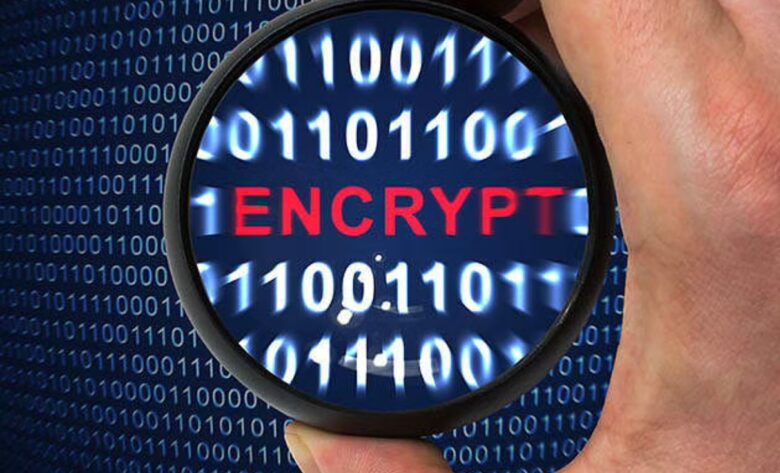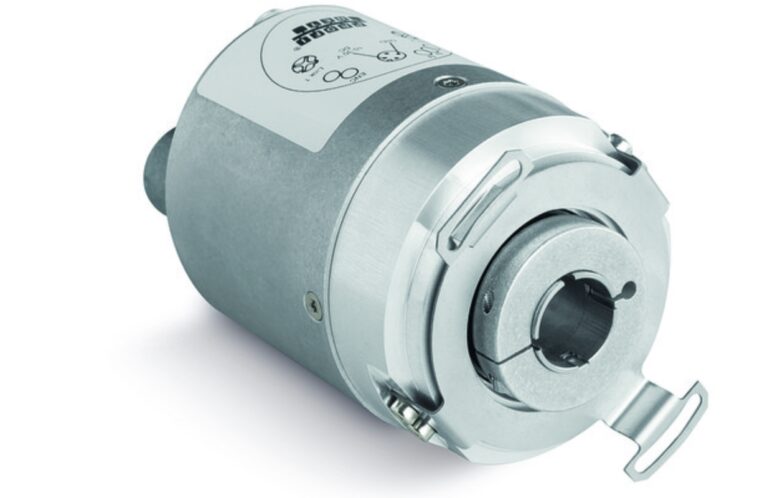When you think about encoding, you might think of some archaic code that’s used in the age of radio and television. In reality, though, encoding is a ubiquitous process that’s used in practically every industry. That’s because encoding is the process of converting data from one format to another. It can be used to transform text into digital form or to encode images into a digital file. There are many benefits of absolute encoders.

Source: simplilearn.com
Contents
What is an absolute encoder?
Absolute encoders are a special type of encoding algorithm that can produce an unambiguous representation of data. This is especially important when it comes to streaming or transmitting data, as errors in the encoding process can lead to discrepancies in the received data.
There are a number of different absolute encoder types available, each with its own specific advantages and disadvantages. Here’s a brief overview of some of the most popular options:
Binary code: Binary code encoding uses base 2 numerals to represent data values. This method is simple and fast, but offers limited flexibility when it comes to representing complex data structures.
Base64: Base64 encoding is similar to binary code encoding, but uses 64-bit characters to encode data values. This method is more versatile, but also requires more processing power and bandwidth than binary encoders.
Huffman coding: Huffman coding is a sophisticated absolute encoder that was originally developed for text compression. It operates by assigning different symbols (such as letters or numbers) to specific code points based on their frequency of occurrence in the text. This method offers superior compression quality over other encoders but requires significant processing power and resources to implement correctly.

Source: cuidevices.com
Benefits of using an absolute encoder
In order to get the benefits of using an absolute encoder, you need to be familiar with two main types of coding: bit-level coding and run-length coding. Bit-level coding is used in absolute encoders to encode digital video signals, while run-length coding is used for encoding audio signals.
Bit-level coding offers several benefits over other encoding methods, such as higher-quality video and less distortion. It does this by assigning a specific number of bits to each pixel in the video signal, which allows for better compression. This type of encoding also allows for precise control over the video quality, meaning that you can achieve the exact level of compression that you desire without sacrificing quality.
Run-length coding is another valuable feature of absolute encoders. This type of encoding allows for efficient storage and transmission of digital audio signals. Instead of assigning individual bits to each sample in an audio signal, run-length codes use a set number of complete bytes to represent each sample. This helps to reduce the amount of data required to store and transmit audio files, which is important when bandwidth is at a premium.
Overall, using an absolute encoder offers numerous benefits over other encoding methods. It can be used in many branches of industry, such as encoder.com
Why GRAY code is used in absolute encoder?
A Gray code is an encoding of numbers into a “code” where adjacent numbers have a single digit differing by 1. The term GRAY code is often used to refer to the binary reflected GRAY code, or more specifically still, the data that changes depending on how your computer handles it.
There are many reasons why GRAY code is used in absolute encoders. Some of the main reasons include its simplicity, its ability to encode a wide range of signal levels, and its immunity to noise. Simplicity is one of the main advantages of GRAY code. It can be easily encoded and decoded, making it a perfect choice for devices that need to be easy to use. This code is also able to encode a wide range of signal levels, which makes it ideal for devices that need to be able to handle a variety of signals. GRAY code is also resistant to noise. This means that it can encode signals without losing accuracy or quality. This makes GRAY code a perfect choice for devices that need to be able to accurately represent data.

Source: youtube.com
Different types of coding
Coding is the process of converting digital information into a format that can be understood and processed by a machine. There are different types of coding, each with its own purpose. The most common coding type is known as binary code. Binary code consists of two symbols, typically called bits, which are used to represent 1s and 0s. For example, the number 11 can be represented in binary code as 1011. The first bit (bit 1) indicates that the number is made up of one unit of 10 (one thousand) and one unit of 1 (one). The second bit (bit 2) indicates whether the number is a positive or negative number. So, in this example, the number 11 would be represented as 1100 (a positive number), 0110 (a negative number), or 1000 (in between).
Other common coding types include hexadecimal code (also known as base 16), octal code (base 8), and decimal code (base 10). Each has its own set of symbols that allow more than two possible combinations for representing numbers. For example, hexadecimal code has 16 symbols (0-9, A-F), octal code has 8 symbols (0-7), and decimal code has 10 symbols (+/-5).
Coding also allows for different languages to be expressed through numerical codes. For example, ASCII stands for American Standard Code for Information Interchange. ASCII codes represent letters using numbers, which makes it possible to type text and numbers using the same keyboard.

Source: johndcook.com
Conclusion
If you’re in the market for a reliable absolute encoder, there are a few things to keep in mind. First, make sure that the absolute encoder you choose has the features you need. Second, be sure to read reviews and compare prices before making a purchase. And lastly, be sure to have your machine calibrated regularly — this will ensure accurate data transmission and long-term performance. Thanks for reading!
